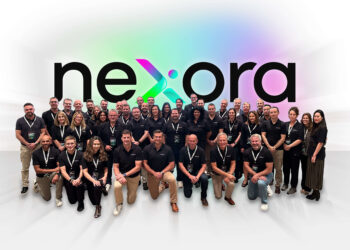SAP appointed its first one in 2019, Microsoft followed suit in 2022, and Dell and CloudFlare both did the same in 2024.
We’re talking about the rise to glory of Chief Partner Officers, of which there are now reportedly over 1,000 worldwide.
When Microsoft appointed Nicole Dezen as its first CPO in 2022, it claimed the move showed its “new, deeper approach to channel and ecosystem leadership and advocacy”.
“Her new designation as CPO demonstrates our continued investment in our partner strategy and commitment to the importance of the entire partner ecosystem to Microsoft. As Chief Partner Officer, Nicole will have singular accountability for the commercial partner business,” a blog post about her appointment at the time read.
Dell is another vendor giant to elevate its top channel leader to CPO status recently, with Denise Millard appointed to the role in January 2024.
From zero to 1,000
Having until a few years ago “not been a real job title”, today there are over 1,000 CPOs, according to Asher Matthew, the CEO of partnership ecosystem Partnership Leaders. Its Catalyst conference last week was sponsored by software giants including AWS, Adobe, Microsoft, ServiceNow and Snowflake.
“They’re showing up with budget. They have authority. They have a seat at the table where the biggest decisions get made. This is a huge milestone for the partnerships industry – and a sign of what’s coming,” Matthew wrote in a LinkedIn post.
The CPO is the “fastest-growing role on the Go-To-Market C-Suite, Bryan Williams, Founder of Hockey Stick Advisory recently claimed, meanwhile.
He cited data from the PL Ecosystem Compass 2025 indicating that the CPO position is enjoying a 16.97% growth rate (compared with 2.94% for Chief Marketing Officers, 5.77% for Chief Commercial Officers, 6.38% for Chief Business Officers, 9.09% for Chief Sales Officers and 12.5% for Chief Revenue Officers).
“For decades, partnerships were relegated to a supporting role within organisations, often considered ancillary to the “real” revenue drivers like sales and marketing. Those days are decisively over,” Williams wrote.
“Modern businesses are no longer placing all their eggs in the direct sales and marketing basket. Instead, they’re constructing robust ecosystems where partners become integral to the entire customer journey – from generating qualified pipeline and driving product adoption to enhancing customer retention and expansion.”

















